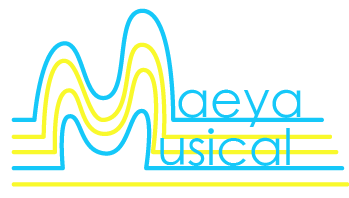|
Yu Opera, also called Henan Bangzi(Wooden Clapper Opera), Ou Opera and Henan High Tune, is one of the most popular local operas all over the country.
Its earliest written record can be traced back more than 200 years. At the end of theQing Dynasty(1644-1911), the opera became widespread across Henan Province. After the establishment of thePeople's Republic of China, it experienced rapid growth -- not only in the villages and cities of Henan Province but also throughout the country. Until the mid-1980s, Yu Opera was the leading local opera genre in terms of the number of performers, troupes and audiences among the other 300 local Chinese operas.

|
Yu Opera is mostly dominated by singing opera arias without make-up and acting. It is noted for its demanding melodies, strong rhythms and intensive use of spoken language. Yu Opera is popular to the broad masses for it is full of local features and rich flavor of life. Unsophisticated, plus exquisite and vivid performances, it becomes a major local opera in Henan Province and enjoys nationwide popularity. There are over 600 pieces in the repertoire of Yu Opera. Because of its beautiful tunes, simple and unsophisticated style, strong local flavor, exquisite and vivid performances, and rich flavor of life, Yu Opera is well received by audiences.
There are three fixed systematic roles of the opera, four types of sheng, four types of dan, and four styles of painted faces. There are several dozen arias.
|
Yu Opera also boasts many different genres, including Xiangfu, Yudong, Shahe and Yuxi arias. Leading Yu Operas artists include the "Five Great Female Role Performers" (Chang Xiangyu, Chen Suzhen, CuLantian,Ma Jinfeng and Yan Lipin) representing five major styles of the art form. Xiaosheng performer ("young male character") Zhao Yiting, Laosheng performer ("elderly male character") Tang Xicheng and Heilian performer ("male character with dark painted face") Li Sizhong are also established performers with distinct features.
Yu Opera is rich in repertoire with about 1,000 traditional plays. The representative dramas include Chang Xiangyu's Kao Hong, White Snake Story, and Hua Mu Lan, and Ma Jinfeng's Mu Guiying Assumes Command.
After the founding of the P.R.C. in 1949, the opera continued to thrive with the appearance of innovative modern operas.
|